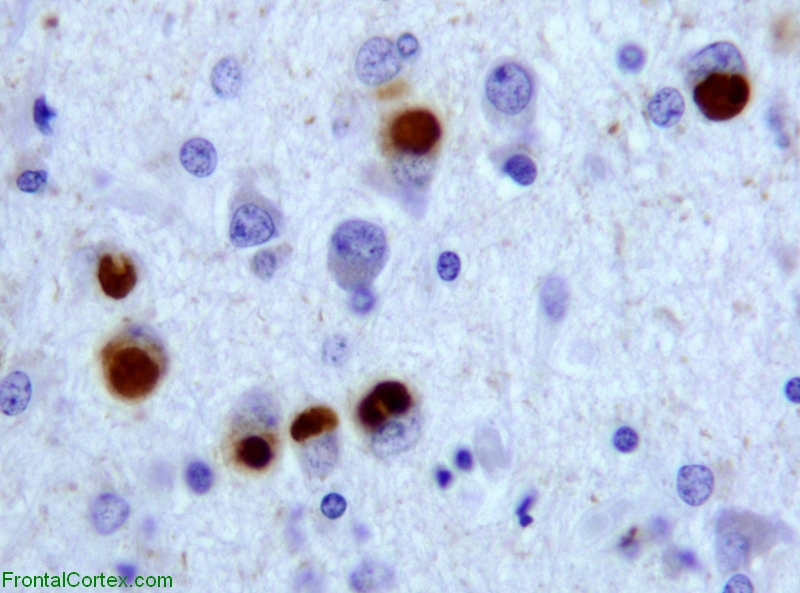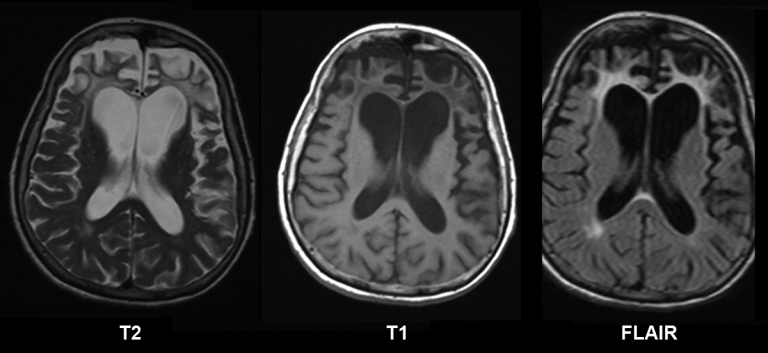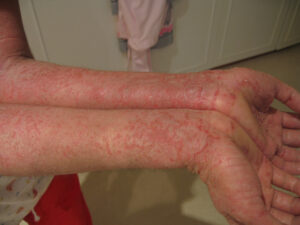Frontotemporal dementia, often abbreviated as FTD, is a group of disorders that affect the frontal and temporal lobes of the brain. Among these disorders, Pick’s disease stands out as one of the most well-known and studied forms. This condition leads to progressive changes in behavior, personality, and language abilities. Understanding this complex disease is essential for patients, caregivers, and healthcare providers alike. In this guide, we will explore the causes, symptoms, diagnosis, and treatment options associated with Pick’s disease.

What Is Pick’s Disease?
Pick’s disease is a type of frontotemporal dementia characterized by the presence of abnormal protein deposits in the brain. These deposits, known as Pick bodies, are primarily found in the frontal and temporal lobes. The disease was first identified in 1892 by Arnold Pick, a Czech psychiatrist and neurologist, after whom the condition is named. Unlike other forms of dementia, such as Alzheimer’s disease, Pick’s disease tends to occur at a younger age, often affecting individuals between their forties and sixties.
The hallmark of Pick’s disease is the progressive degeneration of nerve cells in specific areas of the brain. This degeneration leads to significant changes in behavior, social conduct, and communication skills. While the exact cause of the disease remains unknown, researchers believe that genetic mutations and environmental factors may play a role in its development.
Symptoms of Pick’s Disease
The symptoms of Pick’s disease can vary widely depending on which areas of the brain are affected. However, certain patterns are commonly observed in individuals diagnosed with this condition. Below are some of the most prominent symptoms:
- Changes in Behavior: People with Pick’s disease often exhibit socially inappropriate behavior, impulsivity, or apathy. They may lose interest in activities they once enjoyed or struggle to adhere to social norms.
- Language Difficulties: Language impairment is a key feature of Pick’s disease. Individuals may have trouble finding words, understanding speech, or forming coherent sentences. Over time, they may become increasingly unable to communicate effectively.
- Emotional Instability: Emotional changes are common, including mood swings, irritability, and a lack of empathy. Patients may also display inappropriate emotional responses, such as laughing during serious situations.
- Cognitive Decline: While memory loss is not typically an early symptom, cognitive functions such as judgment, problem-solving, and decision-making often deteriorate over time.
It is important to note that these symptoms may overlap with those of other types of dementia, making accurate diagnosis challenging. Additionally, the progression of the disease can vary significantly from person to person.
Causes and Risk Factors
The precise cause of Pick’s disease remains unclear, but research has identified several potential contributing factors. One of the most significant discoveries is the role of genetic mutations. Mutations in specific genes, such as the progranulin gene and the C9orf72 gene, have been linked to an increased risk of developing the disease. These genetic abnormalities can lead to the production of abnormal proteins that accumulate in the brain, forming Pick bodies.
In addition to genetic factors, environmental influences may also contribute to the development of Pick’s disease. While no definitive environmental triggers have been identified, researchers continue to investigate the potential impact of lifestyle, diet, and exposure to toxins.
Risk factors for Pick’s disease include:
- A family history of frontotemporal dementia or related conditions
- Age, with onset typically occurring between forty and sixty years old
- Gender, as some studies suggest that men may be slightly more likely to develop the disease than women
Diagnosing Pick’s Disease
Diagnosing Pick’s disease can be a complex process due to the overlap of symptoms with other neurological conditions. Healthcare providers typically begin with a thorough medical evaluation, which includes a detailed patient history and physical examination. During this process, doctors may ask about changes in behavior, language difficulties, and cognitive decline.
To confirm the diagnosis, additional tests are often required. These may include:
- Neurological Examinations: These assessments evaluate motor skills, reflexes, and sensory functions to identify any abnormalities.
- Imaging Studies: Brain imaging techniques such as magnetic resonance imaging (MRI) or computed tomography (CT) scans can reveal structural changes in the brain, particularly in the frontal and temporal lobes.
- Cognitive Tests: Standardized tests are used to assess memory, language, and problem-solving abilities.
- Genetic Testing: For individuals with a family history of the disease, genetic testing may help identify mutations associated with Pick’s disease.
It is important to rule out other conditions that may mimic the symptoms of Pick’s disease, such as Alzheimer’s disease, vascular dementia, or psychiatric disorders. A multidisciplinary approach involving neurologists, psychiatrists, and speech therapists is often necessary to achieve an accurate diagnosis.
Treatment Options and Management Strategies
Currently, there is no cure for Pick’s disease. However, various treatment options and management strategies can help alleviate symptoms and improve quality of life for both patients and caregivers. These approaches focus on addressing specific symptoms and providing supportive care.
Medications: While no medications are specifically approved for treating Pick’s disease, certain drugs may help manage behavioral and cognitive symptoms. For example, antidepressants and antipsychotics may be prescribed to address mood disturbances and impulsive behavior. Cholinesterase inhibitors, commonly used in Alzheimer’s disease, are generally less effective in Pick’s disease but may be tried in some cases.
Speech and Language Therapy: Given the significant impact of Pick’s disease on communication, speech therapy can play a crucial role in helping patients maintain their language abilities for as long as possible. Therapists may use exercises and strategies to improve word retrieval and comprehension.
Behavioral Interventions: Behavioral therapies aim to address problematic behaviors and enhance social functioning. Techniques such as cognitive-behavioral therapy and structured routines can provide structure and reduce anxiety for patients.
Support for Caregivers: Caring for someone with Pick’s disease can be emotionally and physically demanding. Support groups, counseling, and respite care services can offer much-needed relief and guidance for caregivers. Education about the disease and its progression is also essential for managing expectations and planning for the future.
Living with Pick’s Disease
Living with Pick’s disease presents unique challenges for both patients and their families. As the disease progresses, individuals may require increasing levels of assistance with daily activities. Creating a safe and supportive environment is critical to ensuring their well-being.
Some practical tips for managing life with Pick’s disease include:
- Establishing a predictable routine to reduce confusion and anxiety
- Using visual aids, such as calendars and labels, to assist with memory and organization
- Encouraging participation in enjoyable activities to maintain a sense of purpose
- Implementing safety measures, such as removing tripping hazards and installing locks on doors, to prevent accidents
While the journey with Pick’s disease can be difficult, fostering open communication and seeking support from healthcare professionals and community resources can make a significant difference.





